As the year winds down and the holiday season approaches, many businesses and healthcare facilities start to plan for the upcoming year’s needs. In the medical field, this often involves considering the purchase of new equipment and devices to enhance patient care and streamline operations. While buying medical devices at any time of the year is beneficial, there are compelling reasons to consider making these purchases specifically in the months of September, October, and November. From tax advantages to avoiding shipping delays, let’s delve into why these months are the optimal time to invest in medical devices.
Tax Benefits – Section 179 Advantage
One of the most significant incentives for purchasing medical devices during the fall months is the potential tax benefits under Section 179 of the U.S. Internal Revenue Code. Section 179 allows businesses to deduct the full purchase price of qualifying equipment and software from their gross income, up to a certain limit. This deduction can be especially advantageous for healthcare facilities looking to invest in advanced medical technology. By purchasing equipment before the end of the year, businesses can take advantage of these tax deductions, reducing their overall tax liability.
Strategic Financial Planning
Planning ahead for equipment purchases during September, October, and November enables healthcare facilities to allocate their budgets more effectively. With a clear understanding of their financial situation, decision-makers can make informed choices about the types of medical devices they need most and negotiate better deals with suppliers. This strategic planning not only helps in optimizing the use of available funds but also contributes to long-term financial stability.
No Delays Due to Manufacturer Shipping Shutdowns
December is often marked by manufacturer shipping shutdowns, as many companies close for the holiday season. This can lead to delays in receiving ordered equipment and devices, which can disrupt operations and patient care. By purchasing medical devices in September, October, or November, healthcare facilities can avoid the risk of these shipping delays. This ensures that the equipment arrives in a timely manner and can be integrated seamlessly into the facility’s workflow without causing disruptions.
Smooth Implementation and Training
When medical devices are acquired during the fall months, there is ample time for implementation and staff training before the year’s end. This proactive approach allows healthcare professionals to become familiar with the equipment’s features and functionalities, ensuring a smooth transition when the new year begins. Adequate training minimizes downtime and maximizes the benefits of the new devices, leading to improved patient care and operational efficiency.
End-of-Year Budget Utilization
As the fiscal year comes to a close, many healthcare facilities aim to fully utilize their budgets to avoid potential reductions in funding for the following year. Investing in medical devices in September, October, or November can help facilities meet this objective. By allocating funds to necessary equipment purchases, healthcare organizations can demonstrate a commitment to advancing patient care and maintaining the highest standards of medical practice.
The months of September, October, and November offer a unique window of opportunity for healthcare facilities to invest in essential medical devices. From the substantial tax advantages provided by Section 179 to avoiding shipping delays and ensuring smooth implementation, the benefits of making these purchases during this time frame are undeniable. By leveraging these advantages, healthcare organizations can position themselves for success in the upcoming year while prioritizing patient care and operational excellence. So, if you’re looking to enhance your facility’s capabilities and prepare for the future, don’t miss out on the advantages of fall equipment purchases.








